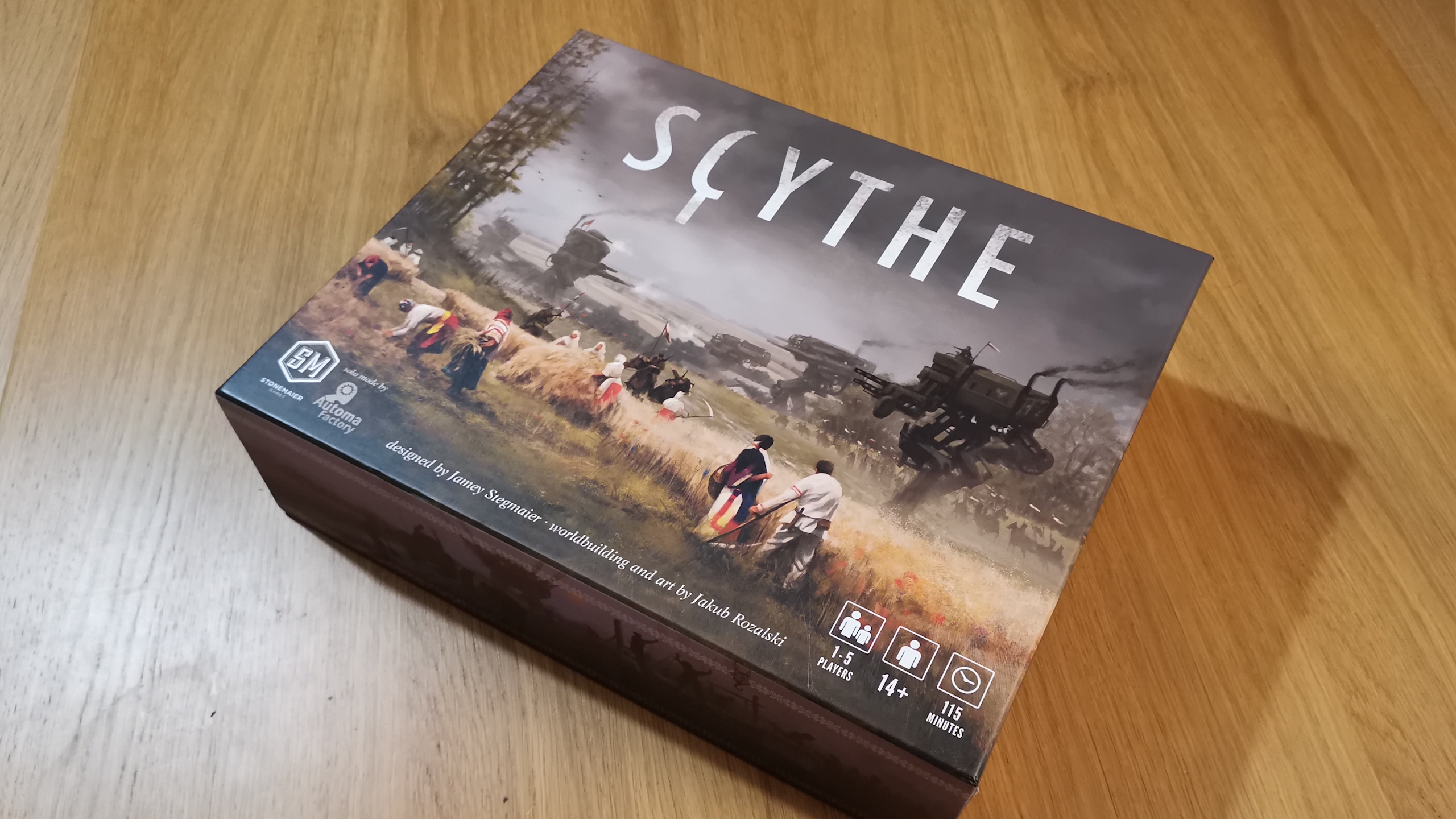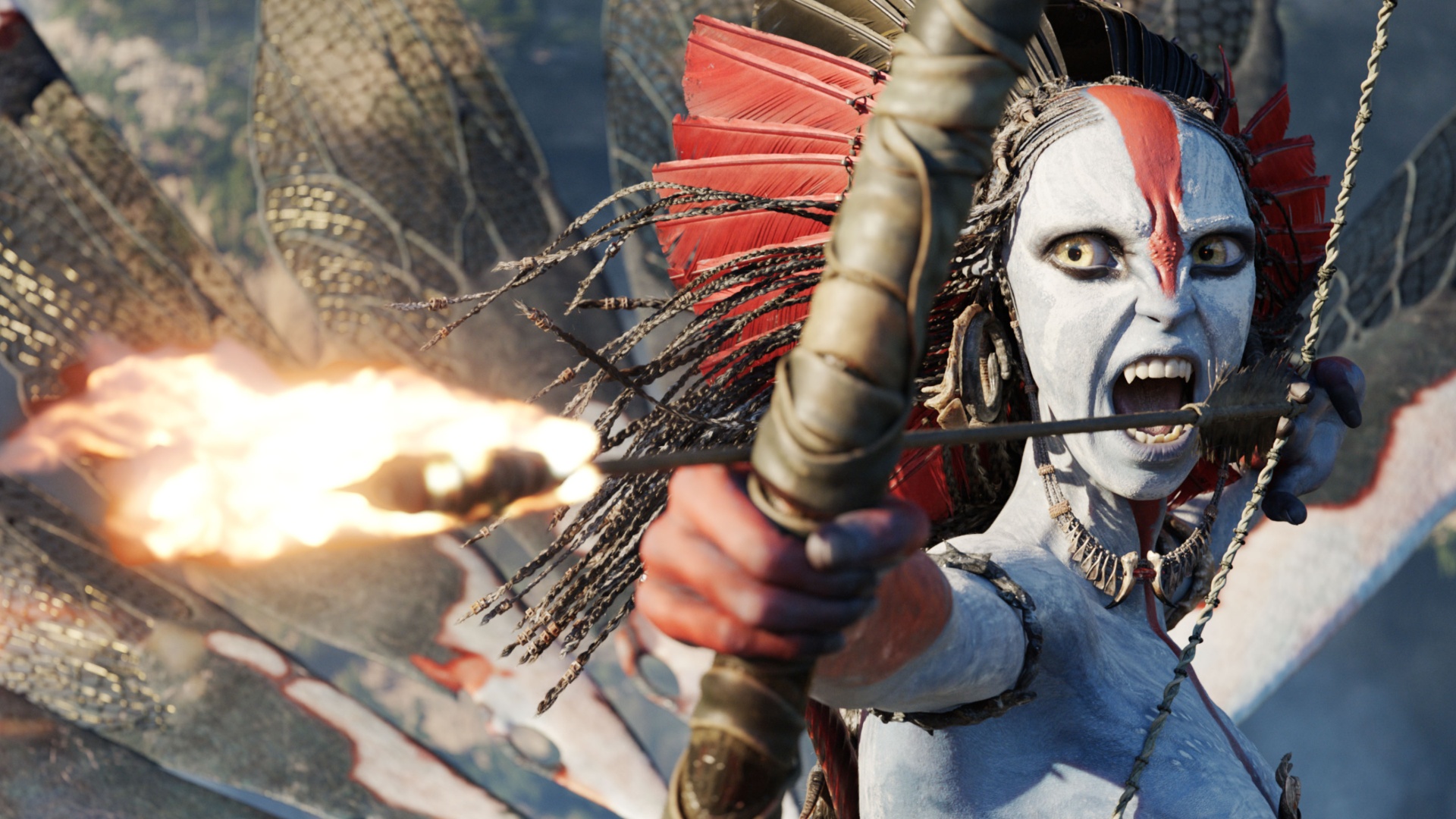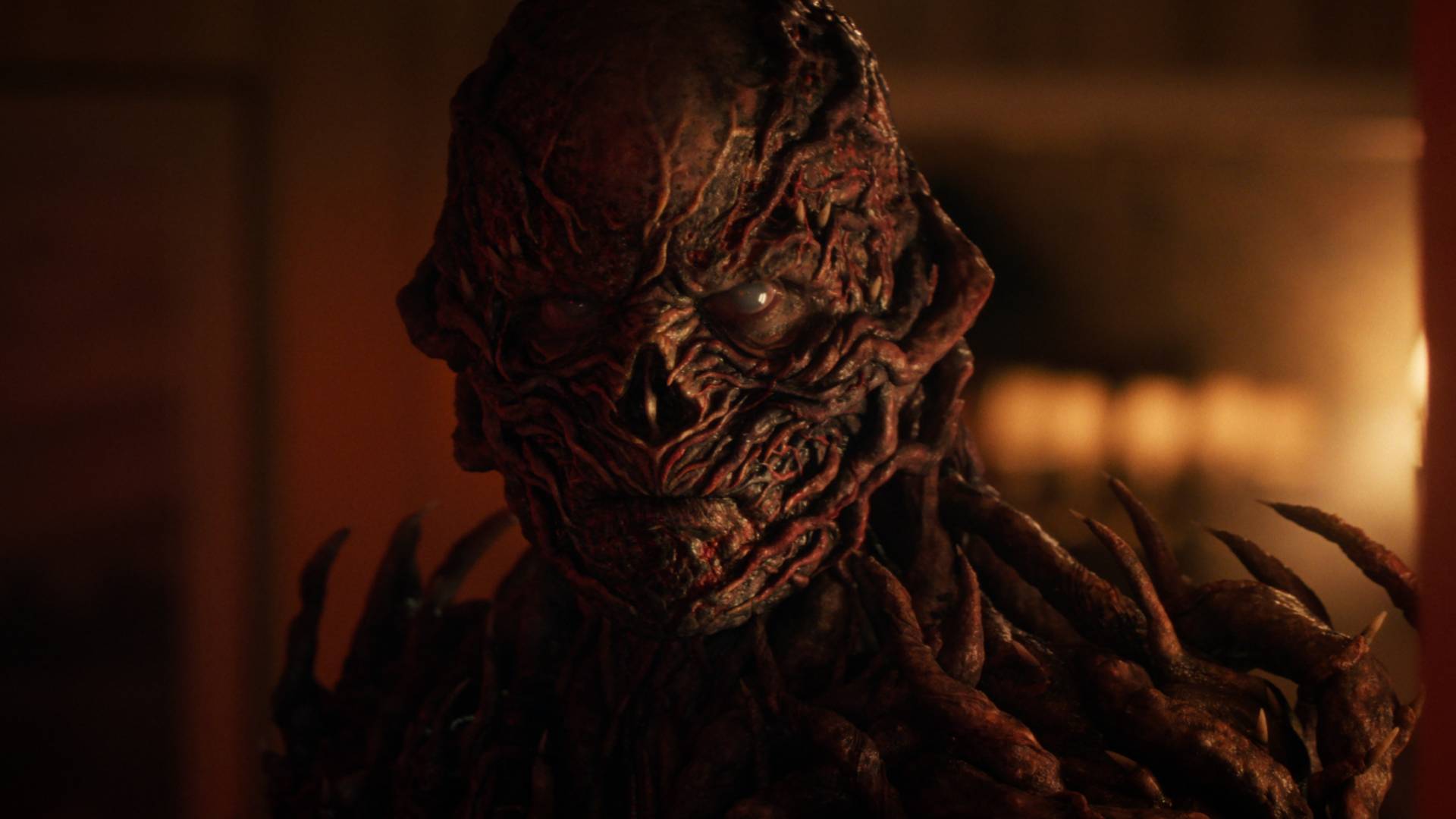"There's got to be a game in here somewhere": How Felt That: Boxing quietly became one of the most innovative games in development

As I watch a hungover puppet plunge a grim toilet, my brain tries to make sense of what I'm seeing. It's not the utter absurdity of a disheveled, post-divorce Elmo-like character trying to jam a day's worth of dumps down the can that's got me confused and awestruck; it's how the sequence is working. "Is this partly CGI? Or is it all real-time?" You'd be forgiven for thinking it's the former.
Revealed at Summer Game Fest 2025, Sans Strings Studio's Felt That: Boxing, on the surface, looks like Puppet Punch Out! The comedic, 3D arcade fighter follows Ezra 'Fuzz-E' Wright, an unadoptable orphan, as he undergoes a grueling (and downright ridiculous) training routine to become a prizefighter and save his orphanage.
But this is much more than your run-of-the-mill fighter. Behind the curtain, Sans Strings Studio's work on Felt That: Boxing is inadvertently leading a digital puppeteering revolution – and yes, it's doing it all in real-time.
An underdog story

Felt That: Boxing was never meant to be a game. In fact, when the trailer was announced at Summer Game Fest, Sans Strings Studio hadn't technically started full production on it. The bizarre boxing fighter originally started as a boxing skit for an SNL-style sketch show, called String Theory, that the studio is working on with Stoopid Buddy Stoodios – the company behind Robot Chicken.
The studios teamed up when Towner saw early demos of Sans Strings Studio's co-founder and real-time digital artist, Ryan Corniel's, bizarrely brilliant real-time puppetry work on X, and reached out.
"[The experiments] immediately resonated with me," Towner tells us. "I've always loved stop motion animation. Here at the studio, we do a lot of physical puppets and puppetry. So anytime people [can] do what to me is like magic tricks, getting things to feel very handmade and tactile, but using whatever the latest technologies are to do it, I have this visceral reaction."
String Theory was one of the earliest ideas born out of this collaboration. According to Towner, it was an "easy extension" of what Stoopid Buddy Studios was doing on Robot Chicken. The partnership allowed the studio to continue concocting the off-the-wall creations it's known for, while leveraging Sans String Studio's innovative digital puppetry tech to push its boundaries.
Weekly digests, tales from the communities you love, and more
Master of (digital) puppets
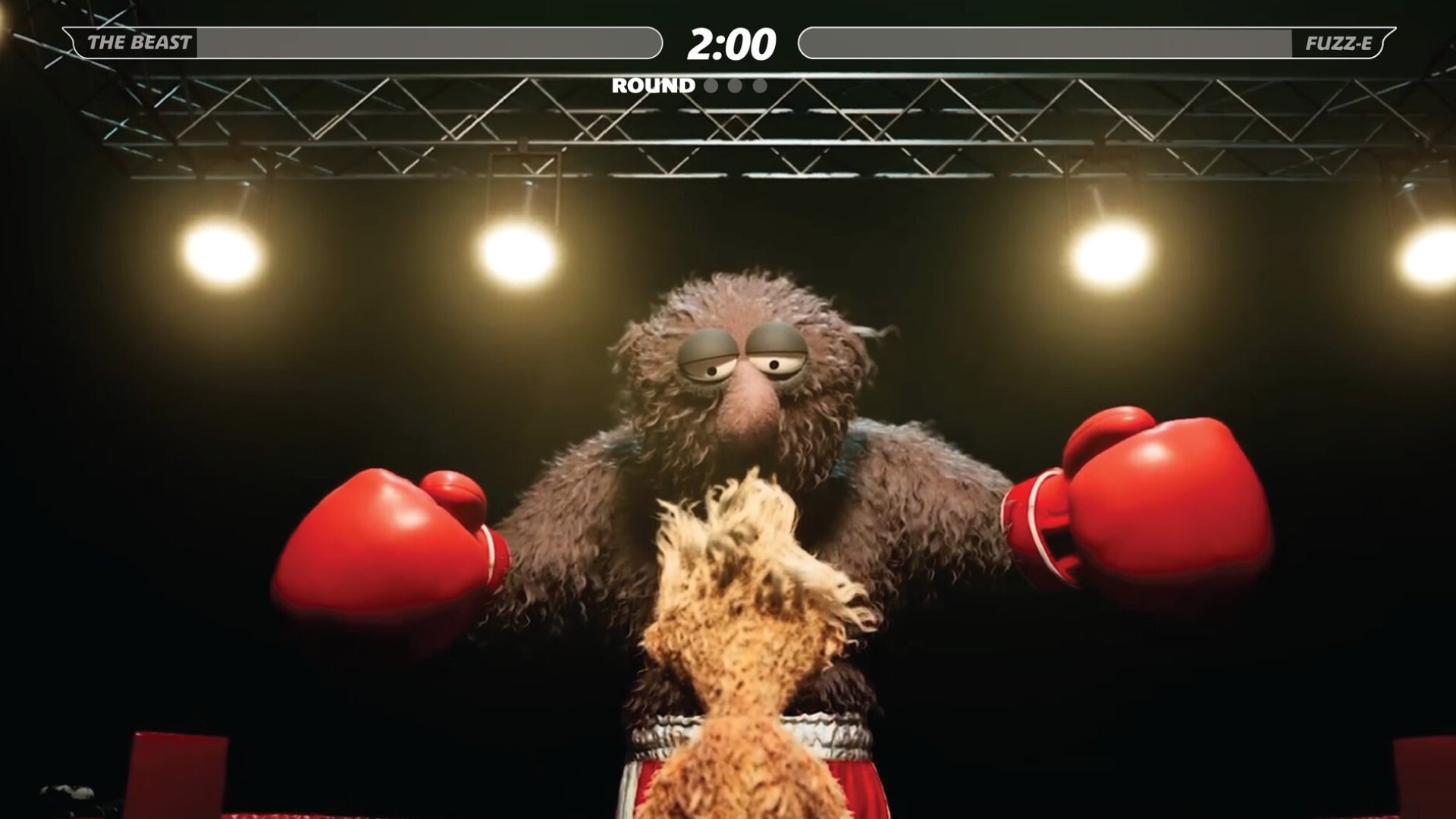
The magic of Sans Strings Studio's real-time digital puppetry is made possible by a system Corniel developed in Unreal Engine 5. Sparked by his previous experience in mobile VR, where he found motion tracking to be "limited," Corniel had thoughts on "how to move characters around in ways that were outside of what we were doing at the time." While digital puppetry has been around since the '80s, says Corniel, it's mostly been done in "rudimentary ways."
"It just never worked, because the pipelines are so different, especially in film," Corniel explains. "So, it's been around for a long time, but just wasn't done in real time much. That came around once the engine started getting a lot better."
The introduction of Unreal Engine 5 in 2022, which leverages real-time rendering technology, helped artists realize "what real time could work with these puppets and digital puppetry in general," says Corniel.
Thanks to the updated engine, Corniel was able to push the boundaries of traditional mo-cap by "dumbing it down." So, rather than requiring an abundance of inputs for positional data, as mo-cap does, Corniel's system is a more "simplified" take, allowing him to move a character, and ultimately record their animations, in real-time with just two controllers or a game pad. Here's Seth Green showcasing it:
My biggest fear is having a character look like somebody is in a suit controlling something
Ryan Corniel, digital artist
"The beauty of digital puppetry, and what we're doing, is everything is instant, so you can see right away if it's no good," he explains. "We're just making [animation] more accessible through these means of using game-like features that people are now more familiar with than ever."
Being able to see and capture animations this way is considerably faster than traditional methods, too, as Corniel can set up a scene, act out a performance with his controllers, record it, and move on to the next sequence, with minimal authoring required. The data can even be reused later on for another character.
According to Towner, the speedy turnaround of real-time puppeteering also allows creators to be "much more topical with the humor."
"[With] Robot Chicken, it could be, from the time something's written to the time it's actually on the air and being watched, [that could take] nine months, right?," he explains. "You either make a Robot Chicken sketch, or you make a baby."
Alongside Towner, other big names in animation have taken notice of Corniel's work, including Lisa Henson, the daughter of Jim Henson and CEO of The Jim Henson Company. "She started the discussion by saying, 'Well, how do you guys do it? Because we've been trying to go from physical/practical to digital, and we failed at conveying the sense of artistry, the soul of the puppeteer," Sébastien Deguy, CEO of Sans Strings Studio, tells us.
According to Deguy, Henson went on to describe Corniel's work as "the closest to what my father was doing," and the closest digital world she'd seen in a while (or ever) that actually "has some soul." Notably, and following the publication of this interview, Deguy has since clarified to GamesRadar+ that he was only paraphrasing Henson.
Surprisingly, Corniel has never had traditional puppeteering experience, but believes that it's probably been "the best thing" for him, as he has never had to try and "replicate that," he explains. "I could just make my characters fun."
"My biggest fear is having a character look like somebody is in a suit controlling something, versus us puppeteering it," says Corniel. "Because I think with puppeteering, you get some really unnatural things that happen. And I think that's the charm of it all."
An organic evolution
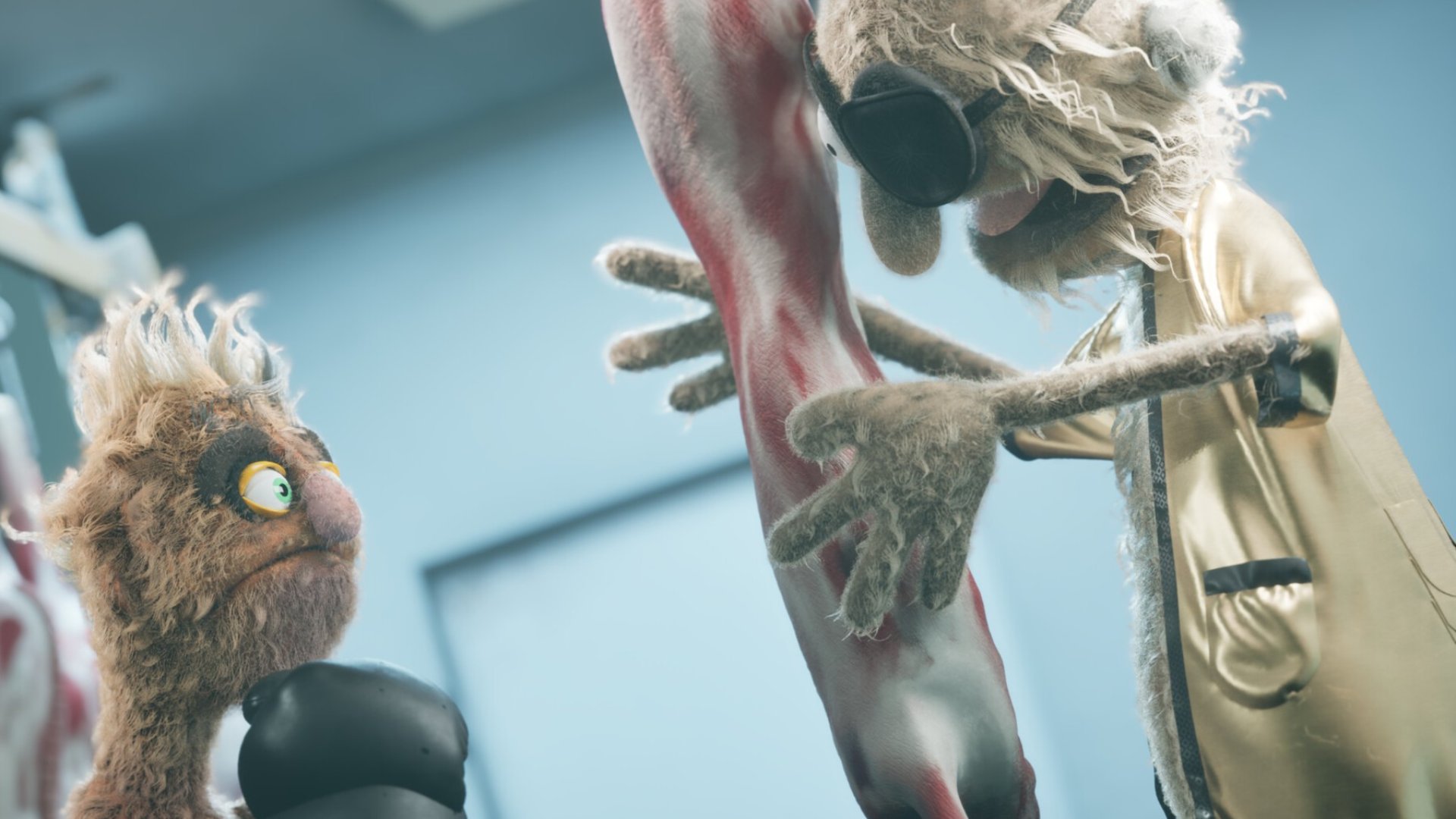
After watching the two digital puppets in their boxing skit "beating the crap out of each other", an idea sparked for Towner: "There's got to be a game in here somewhere." While Corniel's real-time digital puppetry system was not built with game development in mind, it organically lent itself to it as characters are already controlled (though, in this case, animated) using gamepads. So, in theory, players could mimic these motions with their own controller.
Inspired by Mike Tyson's Punch Out!, Towner and Corniel then continued to "push [the idea] until it started to take some shape," with Towner coming up with the game's title, Felt That: Boxing, at 3am one morning. While Corniel has prior experience in game development, Felt That: Boxing marks Stoopid Buddy Studios' "first official foray into the development of the narrative of a video game," Towner confirms. "It feels like a natural extension of what we've been doing," he tells us.
The focus for the Sans Strings Studio right now, Corniel says, is "gamifying" real-time digital puppetry while retaining the soul that makes the studio's work so unique. While Felt That: Boxing is a game with characters moving via controller, Corniel believes that the real-time techniques the studio is using, as opposed to hand-authoring animations, inherently mean "the feel of the puppetry is alive."
"It's puppetry at its finest," Corniel continues. "I think that's what will help differentiate us, and keep it as cinematic as possible, too, like you're watching a show."
Heavyweight ambitions
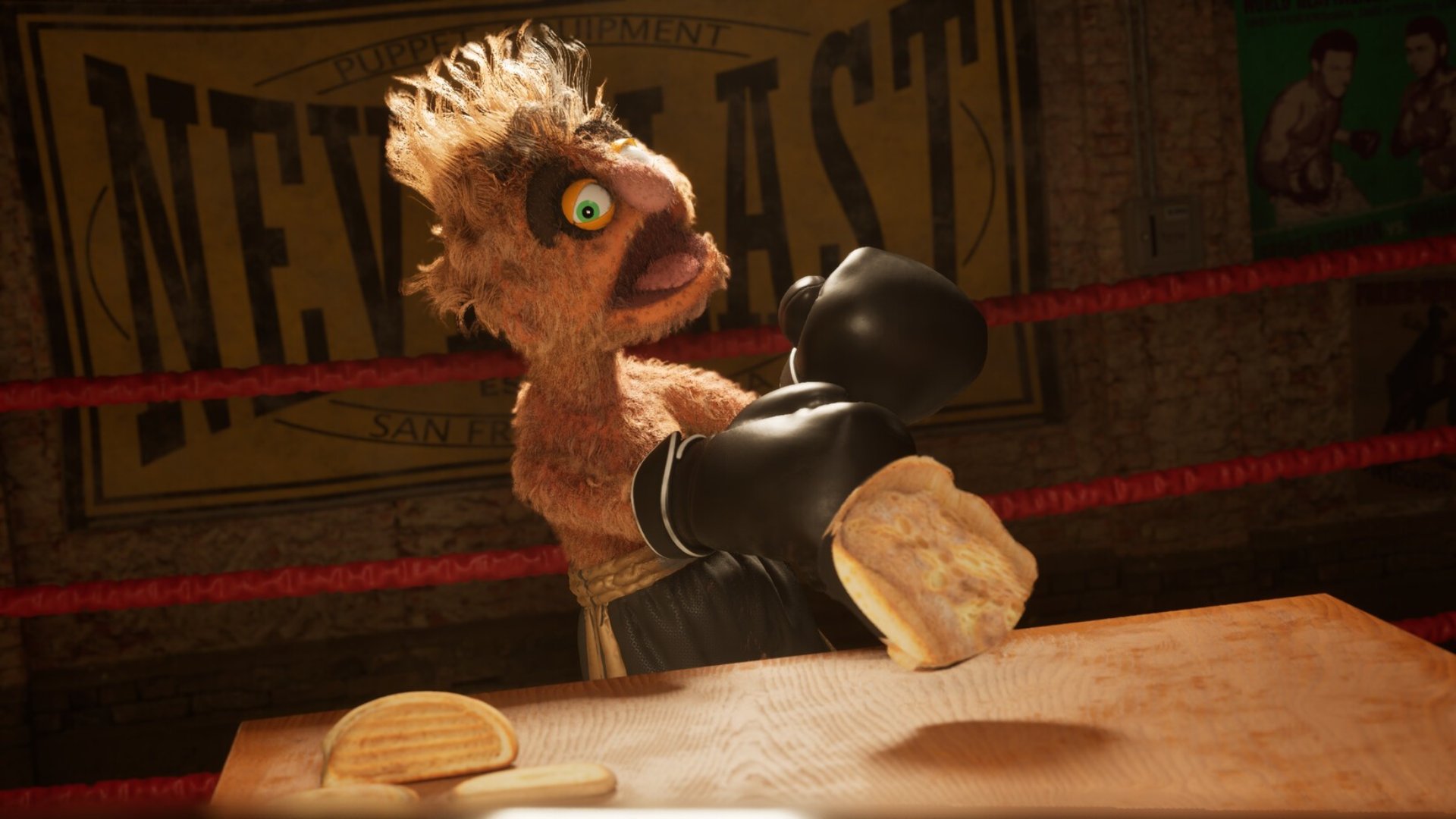
Felt That: Boxing has already been added to 112,000 Steam wishlists, following its reveal at Summer Game Fest in June. "The next big milestone is the end of summer," he tells us, explaining that the team wants to roll out playable versions of some of the game's main components for publishers and platform holders.
By the end of the year, Sans Strings Studio hopes to have a "vertical slice" of the game, with a "full game loop" that's playable – though not quite publicly just yet. The ultimate goal is then to release Felt That: Boxing in 2027.
"Has the world been waiting for a digital puppetry pipeline to come along and change entertainment forever?" ponders Towner. "No, but I think it's another great way for artists and storytellers to express themselves."
An earlier version of this article previously stated that Felt: That Boxing was aiming for a 2026 release with a publicly playable version this year. This has been updated, along with the associated production timeline. Additionally, an addendum to the quotes from Sébastien Deguy about Lisa Henson has been added. The article otherwise remains as it was originally published.
See what exciting releases are on headed our way with our roundups of all of the new games for 2025 and the biggest upcoming PC games.

Vic's an award-winning games journalist who's currently pedaling her writing wares as a freelancer. You'll often find her hiding under her Snoopy blanket, playing the latest horror game, or sinking hours into an emotionally devastating adventure. When she leaves the blanket, she's either at the pub or arguing with others about Tayto crisps.
You must confirm your public display name before commenting
Please logout and then login again, you will then be prompted to enter your display name.
